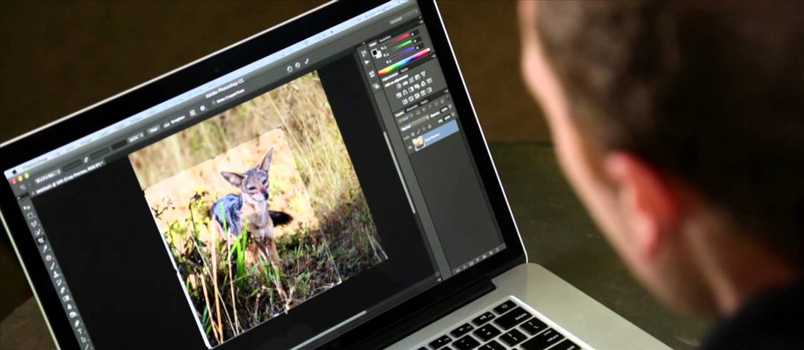Designing a future is an ambitious task, but one that a new generation of student designers are stepping up to with passion, creativity, and resilience. Empowered by the accessibility of digital tools and driven by a desire to make a difference, these young visionaries are utilizing their talents and skills to shape the world around us. This article will delve into the ways in which this new breed of student designers are making an impact, the support structures in place to guide them, and the important role of education in fanning their creative flames.
Inspiring Creativity and Innovation in Students
The first step to nurturing a new generation of designers is inspiring creativity and innovation. This requires an educational environment that encourages experimentation, welcomes diverse perspectives, and values problem-solving. It’s about fostering a culture of curiosity, where students are not afraid to question the status quo and seek out new solutions. With the right guidance, any student can become an online research paper writer, unlocking vast troves of knowledge and insights to inform their designs.
In a design-centric world, creativity is no longer a luxury—it’s a necessity. Students must be encouraged to think outside the box, to challenge conventional wisdom, and to imagine new possibilities. Innovation is the lifeblood of design, and the best design solutions often come from a willingness to take risks and explore uncharted territory. By promoting a culture of creativity and innovation, educators can help students develop the skills they need to succeed as designers.
The challenge for educators is to find ways of inspiring creativity that resonate with the unique interests and passions of their students. This may involve integrating design thinking into the curriculum, providing opportunities for hands-on learning, or encouraging collaborative projects that draw on a range of skills and perspectives. By doing so, they can help students to see the value of their ideas, and the potential they have to make a real impact.
Student-Driven Design Projects That Make a Difference
Student-driven design projects are a powerful tool for enabling students to apply their skills and creativity in meaningful ways. These projects not only provide practical experience but also give students a sense of accomplishment and purpose. They allow students to see the real-world impact of their work, motivating them to strive for excellence and to continue refining their skills.
One of the key benefits of student-driven design projects is the opportunity they provide for students to develop their problem-solving skills. Design is all about finding solutions to challenges, and these projects give students a chance to tackle real-world problems head-on. Whether they’re designing a new app, creating a sustainable building, or developing a new product, these projects push students to think critically, work collaboratively, and iterate their designs based on feedback and testing.
Moreover, these projects can also have a profound social impact. Student designers are increasingly using their skills to address pressing social issues, from environmental sustainability to social justice. In doing so, they’re not only making a difference in their communities but also gaining a deeper understanding of the power and potential of design.
Mentorship and Guidance for Aspiring Designers
Mentorship plays a crucial role in the development of aspiring designers. Having a mentor can provide students with valuable insights into the design industry, as well as practical advice and guidance on their projects. A mentor can help students to navigate the challenges of the design process, offering constructive criticism and encouragement along the way.
There is no substitute for the wisdom and experience that a mentor can provide. They can help students to understand the realities of the design profession, including the importance of meeting deadlines, managing client expectations, and balancing creativity with practical constraints. Furthermore, mentors can provide students with a sense of direction, helping them to identify their strengths and areas for improvement, and to chart a path towards their career goals.
It’s important to note that mentorship is not just about imparting knowledge—it’s also about listening and understanding. The best mentors are those who take the time to understand their mentees’ aspirations, challenges, and perspectives. They are able to provide tailored advice and support, helping students to grow not only as designers but also as individuals.
The Intersection of Art and Design in Education
The intersection of art and design in education is a space of immense potential. It’s where creativity meets function, where imagination meets practicality. By integrating art and design into the curriculum, educators can provide students with a comprehensive understanding of the creative process, and the ways in which it can be harnessed to create meaningful and impactful designs.
Art education can play a key role in fostering creativity and critical thinking in students. It can help them to develop a keen eye for aesthetics, a deep appreciation for the power of visual communication, and the ability to express their ideas in innovative ways. Meanwhile, design education focuses on the practical application of these skills, teaching students how to translate their ideas into tangible products or solutions.
This intersection also emphasizes the importance of interdisciplinary learning. In today’s complex and interconnected world, the most innovative solutions often come from a combination of different disciplines. By encouraging students to draw on a range of skills and knowledge, educators can prepare them for a design-centric world where creativity, innovation, and versatility are highly valued.
Preparing Students for a Design-Centric World
Preparing students for a design-centric world requires more than just teaching them the technical skills they need to create designs. It’s also about instilling in them a mindset of continuous learning and adaptation. In a rapidly changing world, designers must be able to keep up with new technologies, trends, and societal needs. They must be lifelong learners, always ready to update their skills and knowledge.
Moreover, preparing students for a design-centric world means teaching them to think like designers. This involves cultivating a deep understanding of human needs and behaviors, and the ability to empathize with different user groups. It also involves developing a strategic mindset, with the ability to understand the bigger picture and to align design decisions with broader organizational or societal goals.
Overall, preparing students for a design-centric world is about equipping them with the skills, knowledge, and mindset they need to create meaningful and impactful designs. It’s about nurturing their creativity and innovation, providing opportunities for practical experience, and guiding them towards a fulfilling and successful career in design.





